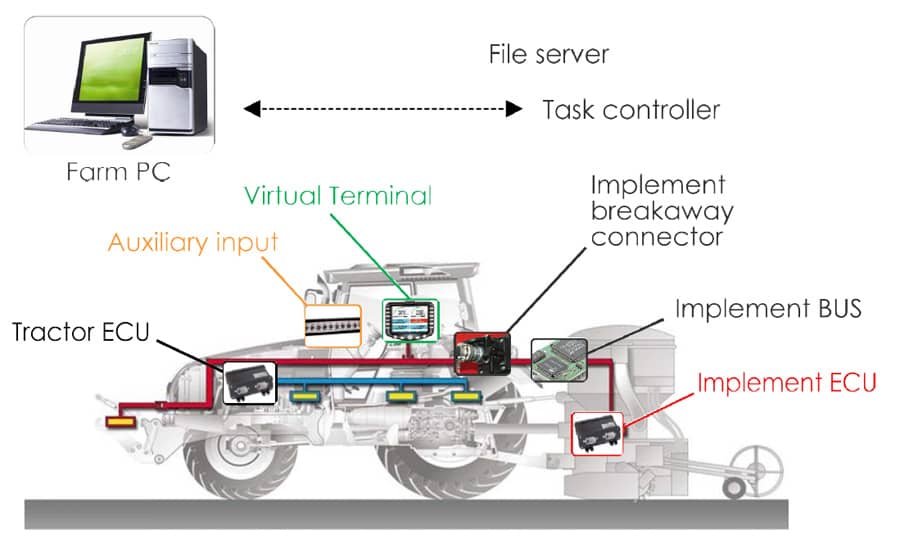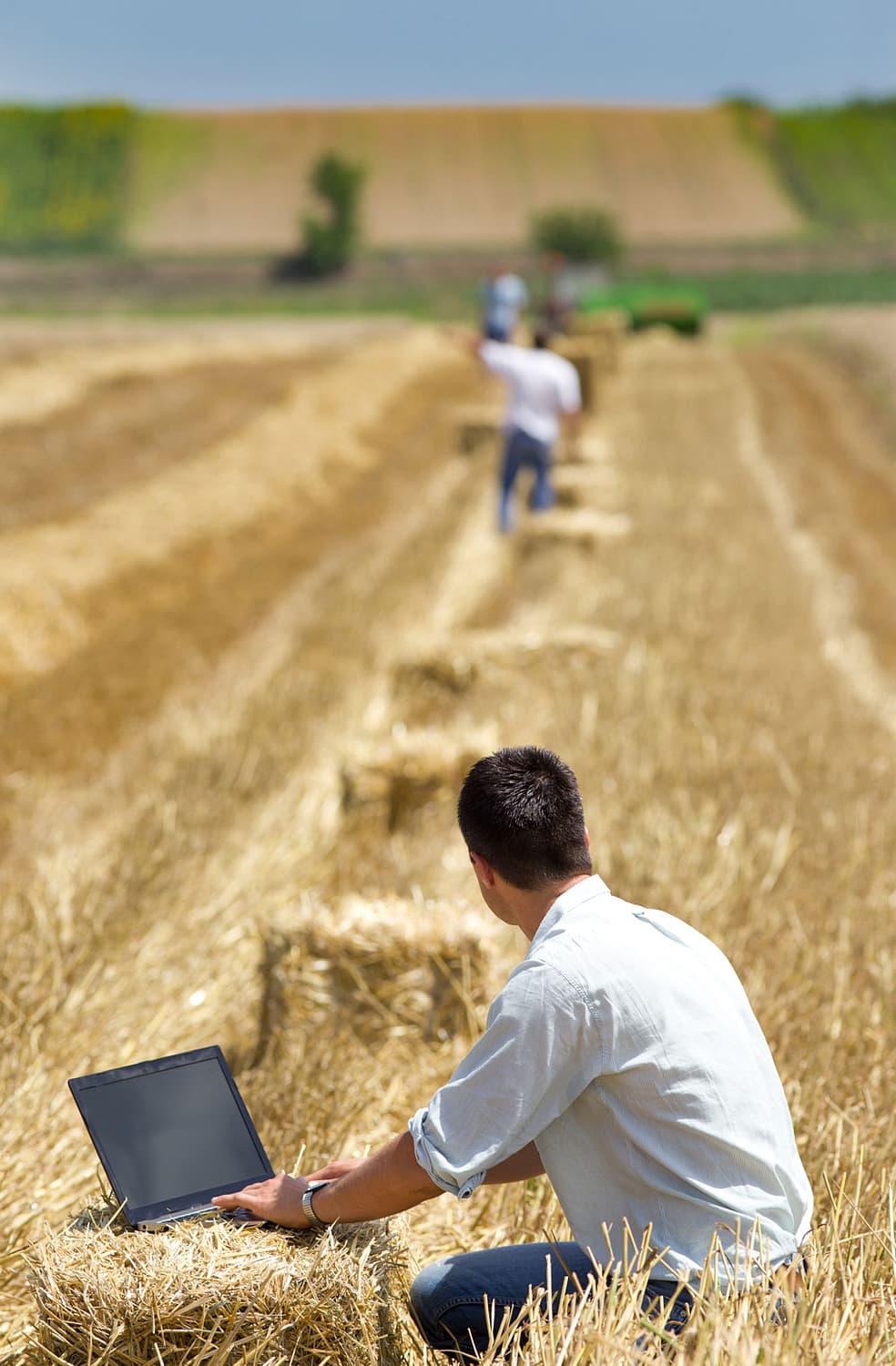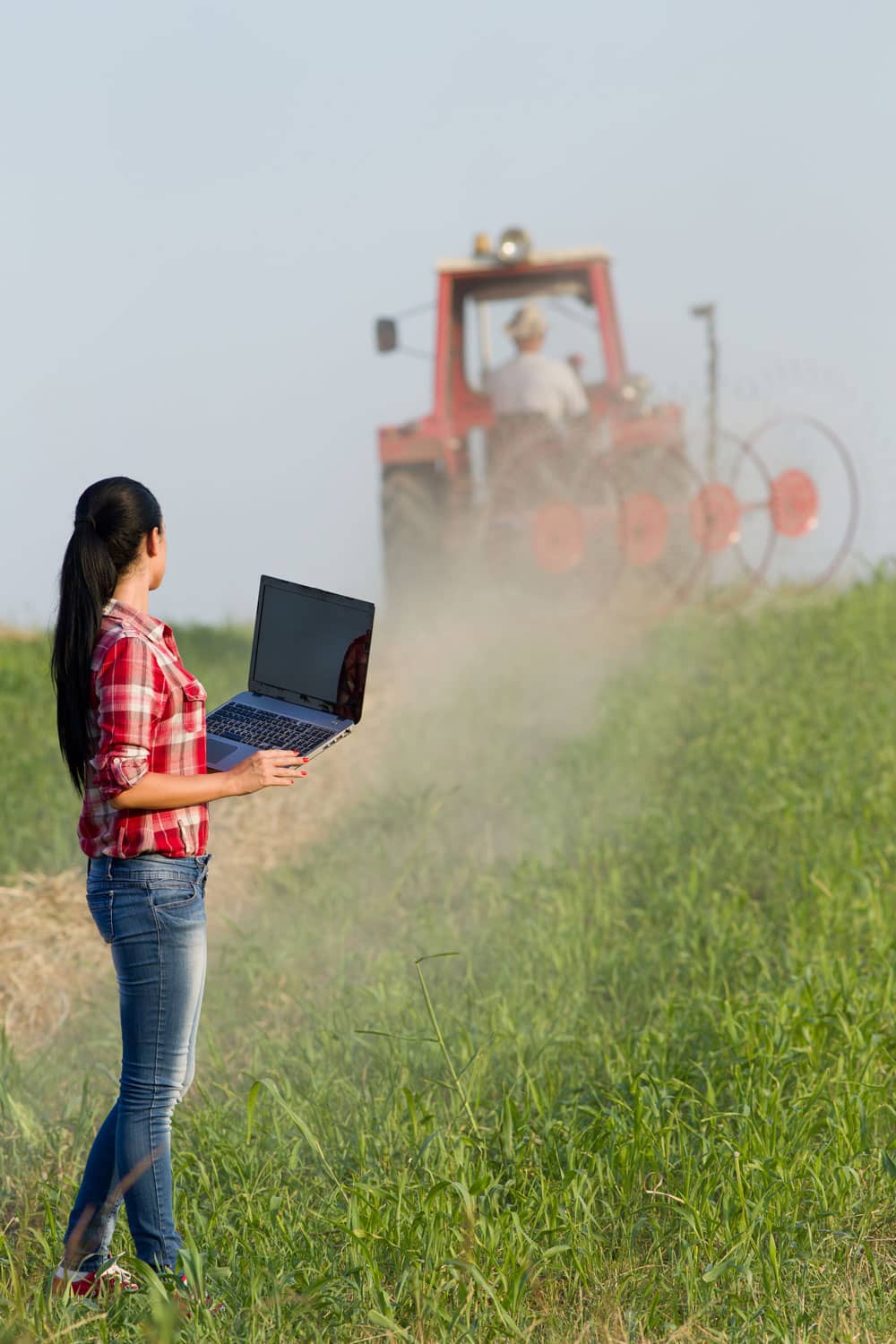ISOBUS Standard
HomeISOBUS STANDARD

WHAT IS
ISOBUS Standard
The primary goal of ISOBUS data technology is to standardize the communication which takes place between tractors and implements while ensuring full compatibility of data transfer between the mobile systems and the office software used on the farm. The basis is the international ISO 11783 standard – “Tractors and machinery for agriculture and forestry – Serial control and communications data network”.
WHY
ISOBUS Standard


ISOBUS - The Facts
ISOBUS – creating a standardized interface
ISOBUS makes such inefficiency a thing of the past by creating a standardized and compatible interface between the tractor and associated implements with the future aim of achieving plug and play capability for every combination. Just plug it in and you’re ready to go. One single ISOBUS terminal therefore replaces a multitude of terminals specific to single implements on the tractor.
ISOBUS – the technical development
The technical development of ISOBUS began in 1991 when the ISO set up the SC 19 agricultural electronics group. The ISOBUS standard was introduced in tractors and implements in 2001. After seven years of field experience the industry formed the AEF to better support ISOBUS for its members and their customers worldwide.
ISOBUS – defining the documentation
ISOBUS also defines the documentation of various field processes regardless of the equipment manufacturer. It includes protocol for the exchange of information with the farm computer system. Prior to fieldwork, operational data can be stored in a task controller from which it is transmitted to the implement as it works in the field.
ISOBUS – defining the documentation ISOBUS – flowing data
This facilitates precision farming activities such as variable spreading of fertilizer in relation to the position of the spreader in the field. The flow of data takes place in two directions: the task specific data can be transmitted to the task controller and then be analyzed using the farm computer, after the work is completed.
